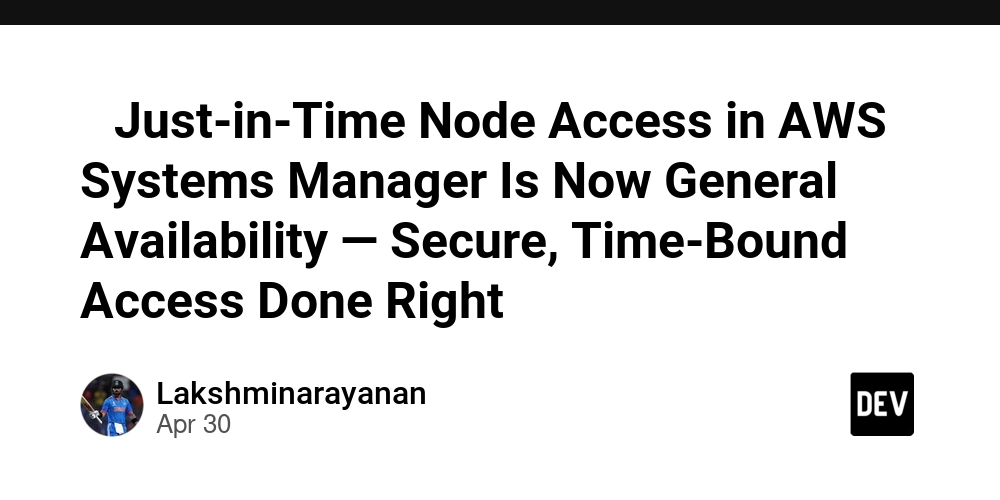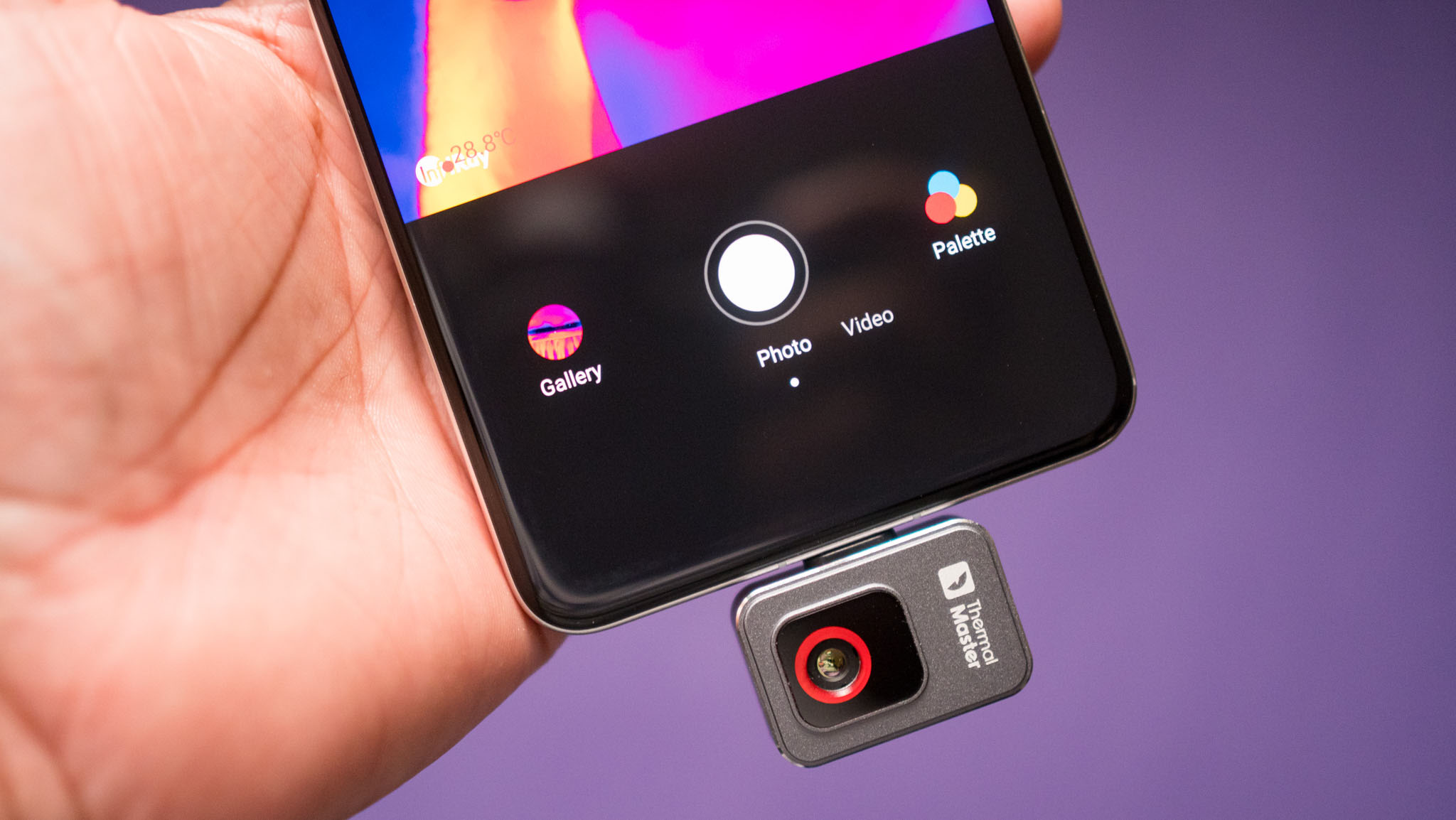Zero Trust Architecture – A CISO’s Blueprint for Modern Security
Zero-trust architecture has become essential for securing operations in today’s hyper-connected world, where corporate network boundaries have vanished and employees, cloud services, and data span multiple environments. This new reality has rendered traditional perimeter-based security models ineffective, exposing organizations to sophisticated cyber threats from both outside and within. As the guardians of enterprise security, Chief […] The post Zero Trust Architecture – A CISO’s Blueprint for Modern Security appeared first on Cyber Security News.

Zero-trust architecture has become essential for securing operations in today’s hyper-connected world, where corporate network boundaries have vanished and employees, cloud services, and data span multiple environments.
This new reality has rendered traditional perimeter-based security models ineffective, exposing organizations to sophisticated cyber threats from both outside and within.
As the guardians of enterprise security, Chief Information Security Officers (CISOs) must lead the charge in adopting Zero-Trust Architecture (ZTA), a security model that assumes no user or device, inside or outside the network, should be trusted by default.
Zero Trust is not just a technical upgrade; it’s a fundamental shift in mindset and strategy, demanding rigorous verification at every access point. This article explores how CISOs can leverage Zero Trust to build resilient, adaptive security frameworks for the modern enterprise.
The Changing Face of Enterprise Security
The evolution of enterprise IT has dramatically altered the threat landscape. Gone are the days when organizations could rely on a hardened network perimeter to keep attackers at bay.
Today, digital transformation initiatives, remote work, and the widespread adoption of cloud services have created a sprawling ecosystem with countless endpoints and access points.
Attackers exploit this complexity, targeting weak links such as remote devices, third-party integrations, and even trusted insiders. For CISOs, the challenge is to secure a dynamic and borderless environment where traditional trust assumptions no longer hold.
Zero Trust Architecture addresses these challenges by enforcing strict identity verification, granular access controls, and continuous monitoring across all users, devices, and applications.
It recognizes that breaches are inevitable and focuses on minimizing damage by limiting access and segmenting resources.
By shifting the security focus from the network perimeter to the individual user and device, Zero Trust empowers CISOs to stay ahead of evolving threats and protect critical assets in a rapidly changing world.
Key Pillars of Zero Trust for CISOs
Zero Trust is built on several foundational principles that guide its implementation and effectiveness:
- Verify Explicitly: Every access request, whether from inside or outside the network, must be authenticated and authorized based on multiple factors, including user identity, device health, and context. This reduces the risk of unauthorized access and ensures only legitimate users interact with sensitive resources.
- Least Privilege Access: Users and devices are granted the minimum level of access necessary to perform their tasks. This principle limits the potential impact of compromised credentials and helps prevent attackers from moving laterally within the network.
- Assume Breach: Zero Trust operates under the assumption that threats exist both inside and outside the organization. Continuous monitoring, logging, and anomaly detection are essential to identify and respond to suspicious activity quickly.
- Micro-Segmentation: Networks are divided into smaller, isolated segments, restricting access to sensitive data and applications. This containment strategy limits the spread of attacks and protects high-value assets.
- Data Protection: Encryption, data classification, and strict access controls safeguard information at rest and in transit. Understanding where sensitive data resides and who has access to it is crucial for effective Zero Trust implementation.
For CISOs, embracing these pillars means rethinking security policies, investing in modern identity and access management solutions, and fostering a culture of vigilance.
The journey to Zero Trust is incremental, requiring careful planning, cross-functional collaboration, and ongoing adaptation as threats evolve.
A Strategic Roadmap for Zero Trust Success
Implementing Zero Trust is a complex, multi-phase endeavor that demands technical expertise and organizational alignment.
CISOs should begin by assessing the current state of their security architecture, identifying critical assets, and mapping data flows across the enterprise.
This foundational step uncovers vulnerabilities and helps prioritize areas for Zero Trust integration. Rather than attempting a wholesale transformation, CISOs should adopt a phased approach, starting with the most sensitive data and high-risk systems.
Early wins in these areas build momentum and demonstrate the value of Zero Trust to stakeholders.
Resource allocation is another critical factor. Zero Trust may require new tools, training, and process changes, which can strain budgets and teams.
CISOs must advocate for executive sponsorship, articulating the long-term benefits of reduced risk and improved resilience. Engaging business leaders and IT teams early in the process fosters buy-in and ensures that security policies align with operational needs.
As Zero Trust matures within the organization, continuous improvement becomes essential. Automation and orchestration can streamline policy enforcement, while robust monitoring and analytics provide real-time visibility into user behavior and potential threats.
Regular reviews and updates to access policies and ongoing employee education help maintain a strong security posture.
- Executive buy-in and clear communication: Success hinges on leadership support and transparent messaging about the reasons for change and the expected outcomes.
- Continuous monitoring and adaptability: The threat landscape evolves, so policies and technologies must be regularly evaluated and refined to address new risks.
Ultimately, Zero Trust is not a one-time project but a journey toward a more secure and agile enterprise.
By championing this approach, CISOs position their organizations to withstand current and future cyber threats, ensuring business continuity and stakeholder trust in an unpredictable digital world.
Find this News Interesting! Follow us on Google News, LinkedIn, & X to Get Instant Updates!
The post Zero Trust Architecture – A CISO’s Blueprint for Modern Security appeared first on Cyber Security News.





































































































































































![[The AI Show Episode 145]: OpenAI Releases o3 and o4-mini, AI Is Causing “Quiet Layoffs,” Executive Order on Youth AI Education & GPT-4o’s Controversial Update](https://www.marketingaiinstitute.com/hubfs/ep%20145%20cover.png)







































































































































































































































.jpg?#)































_NicoElNino_Alamy.jpg?width=1280&auto=webp&quality=80&disable=upscale#)





























































































![Craft adds Readwise integration for working with book notes and highlights [50% off]](https://i0.wp.com/9to5mac.com/wp-content/uploads/sites/6/2025/04/craft3.jpg.png?resize=1200%2C628&quality=82&strip=all&ssl=1)















![Apple Restructures Global Affairs and Apple Music Teams [Report]](https://www.iclarified.com/images/news/97162/97162/97162-640.jpg)
![New iPhone Factory Goes Live in India, Another Just Days Away [Report]](https://www.iclarified.com/images/news/97165/97165/97165-640.jpg)





































































































